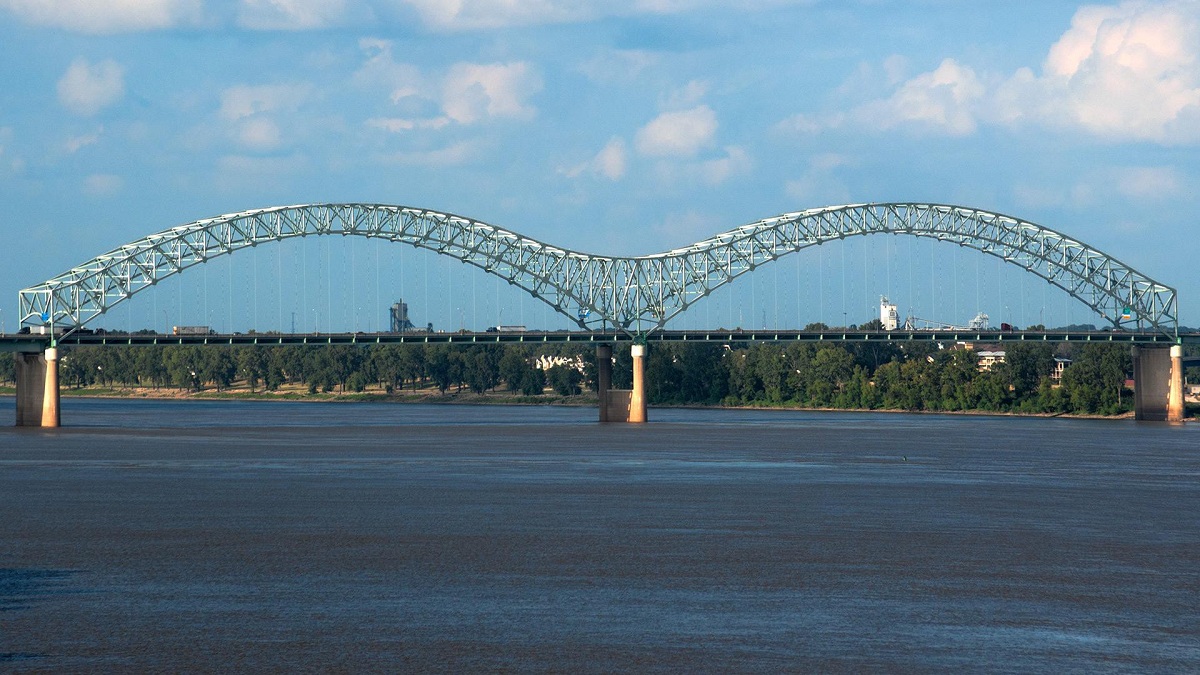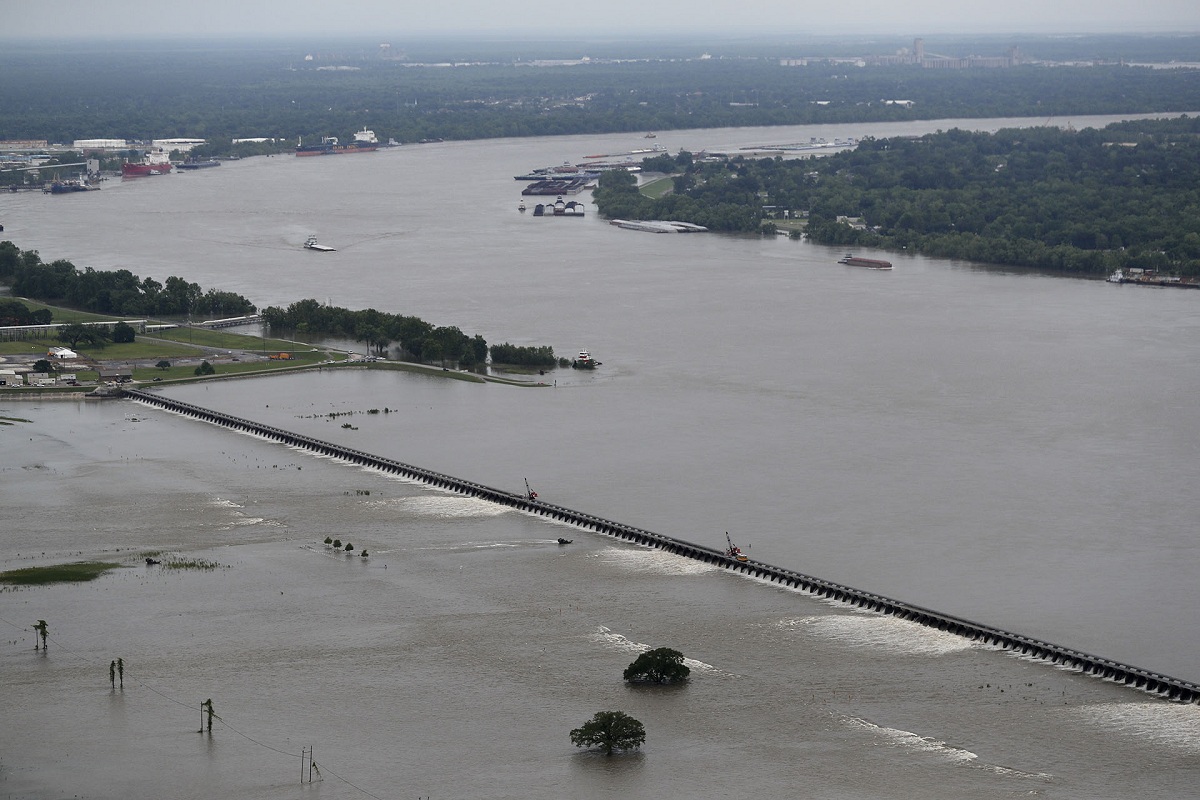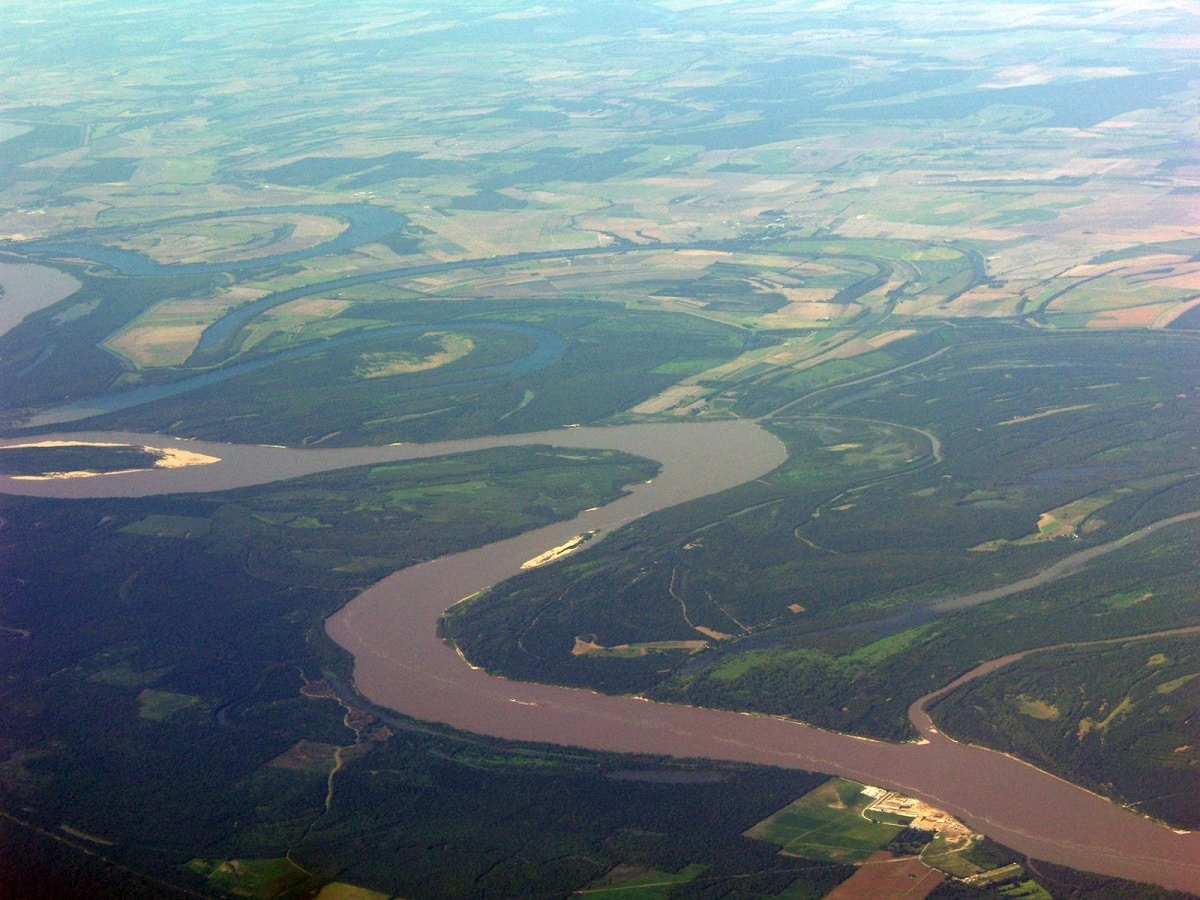
One of the most important rivers in the entire United States is the Mississippi River. This is because it is one of the longest rivers in all of North America, covering almost half the country. This river has contributed a lot to the development of culture and society in these places. Together with the Missouri River, they form one of the largest and most important river systems in the world.
For this reason, we are going to dedicate this article to tell you all the characteristics, geology, formation, flora and fauna of the Mississippi River.
Key features

This river is located in the east of the American continent. Its main source is Lake Itasca, which is located in Minnesota. Throughout its entire journey it passes through well-known mountains such as the Rocky Mountains and Appalachian Mountains. Throughout the tour, it passes through all kinds of natural and urban structures until it ends at the Gulf of Mexico. The mouth of this river is a wide delta.
The total length of the Mississippi River is approximately 3734 kilometers. This measurement is not completely exact since the channel and the mouth of the body of water have been modified several times. The main cause of these changes in the channel is that sediments and silt deposits abound, causing the flow of water to be blocked constantly. And it is that sedimentation is part of the process of transporting materials from a river. If the materials of which the territory is composed tend to have large amounts of silt and clay deposits, it is more likely that the flow of water in the body of the river will be stagnant on numerous occasions.
The Mississippi River is divided into two main sections: on the one hand, We have the upper Mississippi and on the other hand we have the lower Mississippi. The first section of this river begins from its source in Lake Itasca to the crossing of bodies of water with the Missouri River. This river is the main tributary that greatly increases the flow of this body of water. The second part of the Mississippi River already begins once it has confluence with the Ohio River until its final mouth.
Path and flow
Along its path it has a variable width. In the first part of the section near the origin, together with Lake Itasca, widths of between 6 and 9.1 kilometers are usually recorded. When it passes by Lake Winnibigoshish we can see that it has heights of up to 11 kilometers. It also has sections where it has great depth since it carries a large flow. In areas near New Orleans, it reaches depths of up to 61 meters.
All this great flow means that they live in an account of about 3 million square kilometers. This represents between 40 and 41% of the entire continental United States. Both the route and the length make the river pass through 31 states and 2 provinces of Canada. The speed a of the water flow at the head is more or less 2 km / h. Some sections have them with higher speeds in which speeds of up to 5 kilometers per hour are achieved. Both in size and flow, the Mississippi River is considered to be the Basin with a size that is ranked fourth in the world.
Mississippi River Origin Formation

It is thought that the origin of this river was partly thanks to the ice sheet that formed when the super continent called Laurentia existed. His training dates back to times close to the Ice Age. As the ice melted, a large amount of all the sediments were deposited on the ground. These sediments were transforming the terrain to a point where a flat valley was created. Normally all rivers have a V-valley shape while glaciers are U-shaped valley. This is due to the speed with which the water is going to pierce the ground and give it shape.
The upper Mississippi is thought to have been established before the Wisconsin ice age. It is possible that this river is a postglacial river formed in the stage around 800 BC
Flora and fauna of the Mississippi River

By crossing so many states and having a material rich in silt and clay, it has a high richness in flora and fauna. In addition, having a humid and semi-tropical climate is ideal for the development of many species of animals and plants. Both the course of the river and the basin in general enjoy great biodiversity.
Among the fauna that stands out from the Mississippi River we have the following species:
- Louisiana black bear
- American crocodile
- Yellow map turtle
- Ringed map turtle
- Notropis rafinesquei
- Notropis roseipinnis
- The dancing fish known as Notorus hildebrandis.
- The lake sturgeon
- Amiiform fish
- Amia bald
Many of these listed species are endemic. That is, they are unique species of the Mississippi River since they can only be found in this ecosystem. In addition, apart from the species that is named there are 63 species of mussels and 57 species of crabs. It has 5 species of lamprey in areas where there is more water depth.
In terms of flora, the entire basin also has numerous species, some endemic and others not. Listed the best known:
- Carex vulpinoidea
- Carex stipata
- Impatiens capensis
- Caltha palustris
There are many more, only these are the most abundant and known.
Economic importance and threats
As is to be expected, a river rich in biodiversity and geological elements is of great economic importance for the countries through which it flows. There are several industries and agriculture that depend on the Mississippi River. It is also used as a waterway to move from one place to another and establish businesses. From the arrival of the colonizers, the river became an essential route to be able to send coal, oil, steel and other agricultural products.
Back in the 1820s is when steamboats were one of the most used transports to travel on this river. The period between 1830 and 1950 was the golden age of these ships. Among other commercial products that were transported as a result of this river we find cotton.
I hope that with this information you can learn more about the Mississippi River.